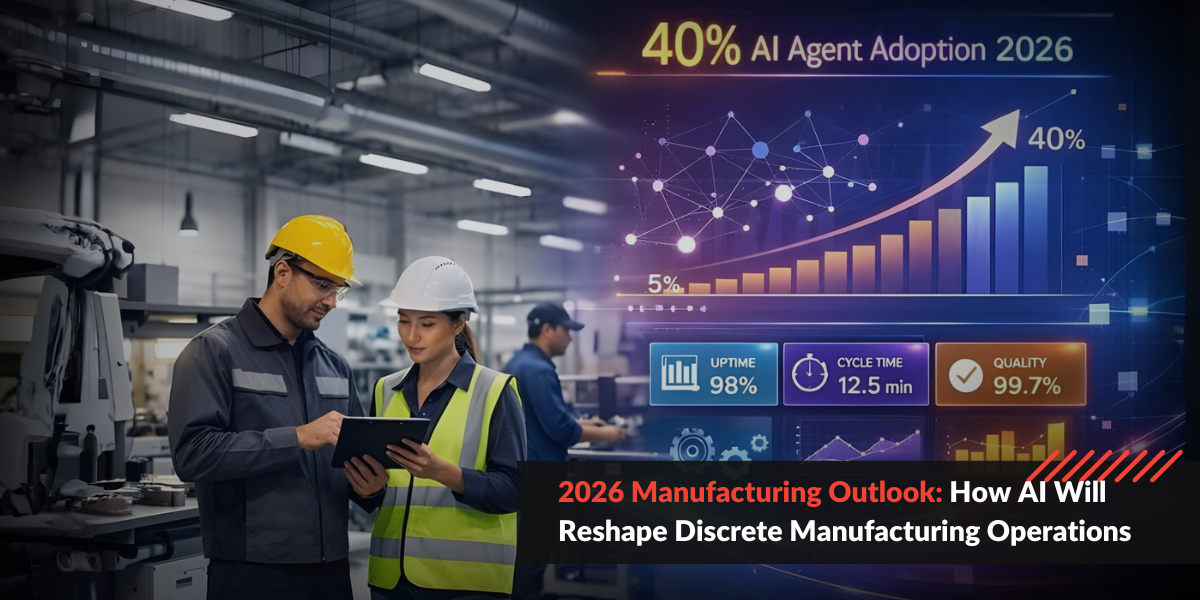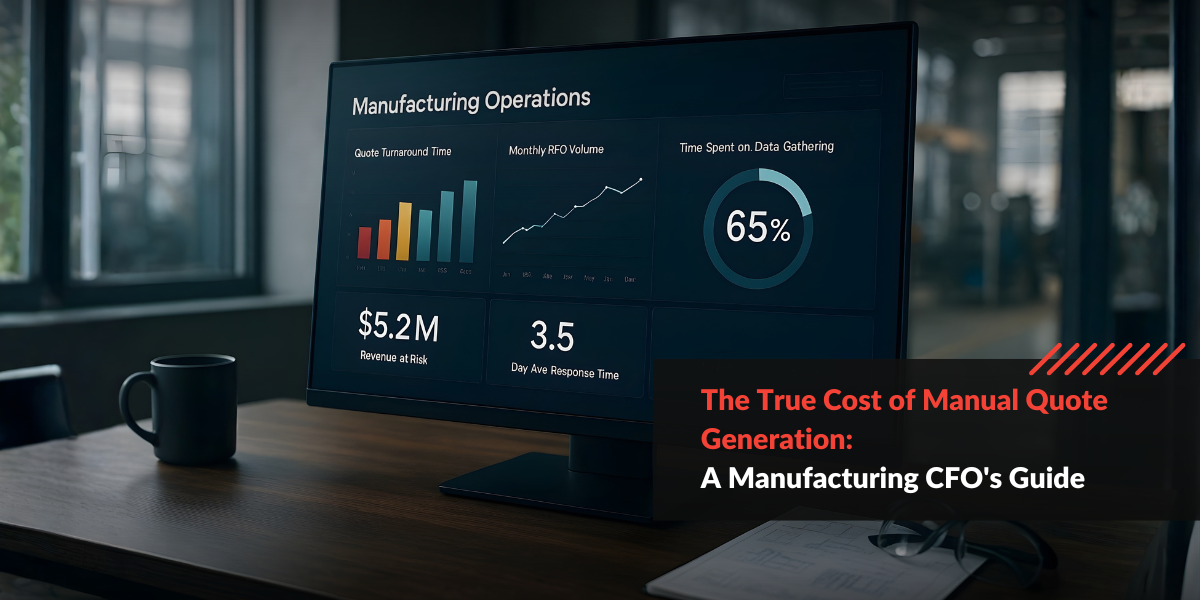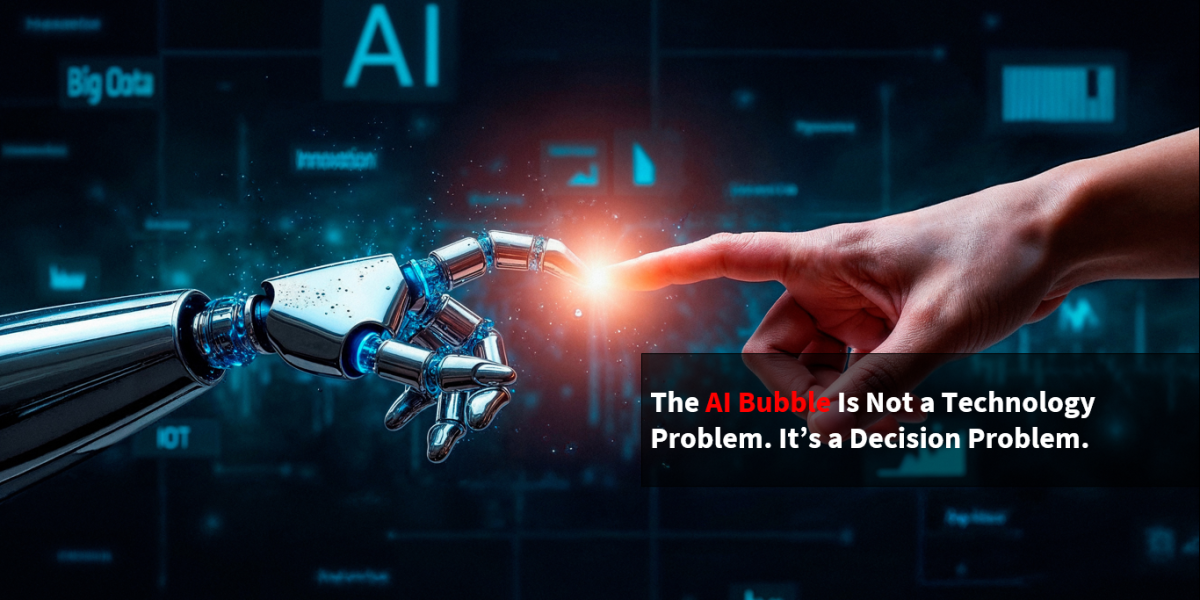With more and more businesses opting to automate, the demand curve for hyperautomation is steadily increasing with a projected market size of 8.3 billion USD by the end of 2026. While the idea of automation is quite straightforward and simple, it is also one of the most misunderstood concepts. That’s why we’ve curated a brief, easy-to-follow guide on how you can catch the train to achieve hyperautomation in your business.
Upscaling is essential for businesses in order to reap efforts and drive processes. This is where the train to hyperautomation stops to pick you up to take you for a ride. A business process is said to be automated when it is a self-sufficient model with minimal human involvement. When multiple technologies including Artificial Intelligence (AI) and Machine Learning (ML) are applied to the business model, it is said to be hyperautomated.
Essentially, hyperautomation is a tool for optimization. It takes any process that is repetitive, expensive, and time-consuming and turns it into the most optimized version that the model can be. A makeover if you please, using intelligent processes like Robotic Process Automation (RPA), Intelligent Process Automation (IPA), Optical Character Recognition (OCR), etc.
Automation can be one of four types: fixed, programmable, flexible, and integrated. Rapid Acceleration Partners (RAP: we run the train) strives to achieve integrated automation and turn your business model into a self-sustainable and efficient one. Integrating your business automation model improves critical aspects like cost, speed, and time. Therefore integration is the most preferred type of automation.
- Any business user can easily control automation within their department and contribute to the business’s growth without needing to depend on IT.
- Gain efficiency by automating processes across their business.
- Reduce costs by automating tasks that otherwise require manual involvement.
- Boosts productivity I.e., helps make better business decisions, identifies areas for improvement, and enhances customer experience.
- Better work-life balance for employees which helps focus on cognitive tasks and building customer relationships.
- Drastically reduces time and resources required for completing data intensive processes.
- Reducing errors that occur due to human negligence or fatigue when performing repetitive tasks.
A lot of buzz generated due to the rising hyperautomation curve is that, if employees become obsolete due to bots executing the jobs in a fraction of the time, then what happens to people displaced from their jobs?
According to Gartner, many significant innovations in the past have been associated with a transition period of temporary job loss, followed by recovery. We believe that business transformation and AI will likely follow this route too. AI will improve the productivity of many jobs, eliminating millions of middle and low-level positions, but also creating millions more new positions of highly skilled, management, and even the entry-level and low-skilled variety.
The bottom line is the loud fact that AI technology (Hyperautomation) will create twofold the number of jobs it eliminates. The positions it creates will pave the way for more competent workers, with their skills being easily attainable!
CONCLUSION
The allure of hyperautomation is that business owners who would like to implement it into their business models, don’t have to get into the technical aspects. Low code hyperautomation solutions are designed with the average business user in mind. With demand there’s supply and that’s why we at RAP are committed to power through and make hyperautomation accessible to fast-growing organizations.
This is all you need to know about hyperautomation. All that’s left is to board our train and catch up with the rising curve!
RISE ABOVE RUSTY REPETITION




